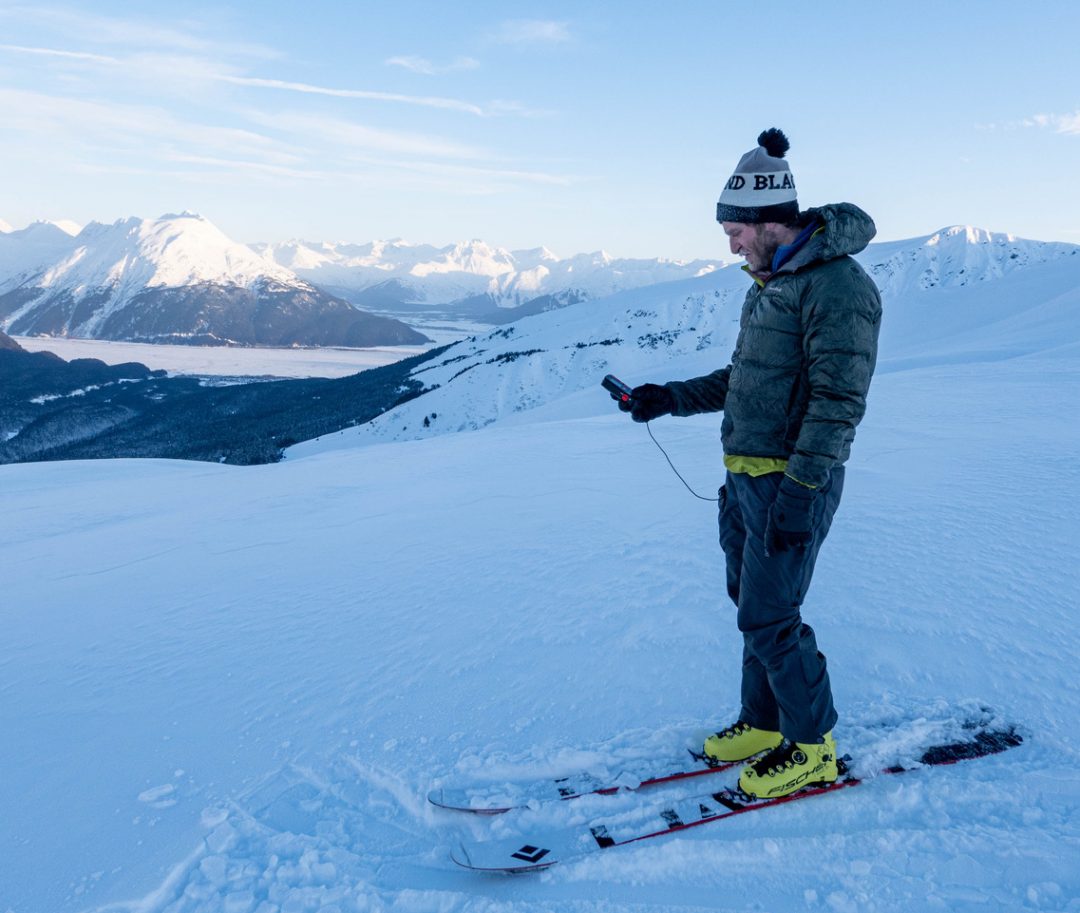
Words from the good doctor in Alaska: “The Neo Pro advertises a 70m range, and in ideal conditions, I have picked up even further signals.”
Recent popularity of Black Crow skis and Plum bindings have opened many North American skiers’ eyes to the je ne sais quoi of French ski equipment. This should come as no surprise, since France is, after all, home to Chamonix and Mont Blanc, plus we have French skiers to thank for inventing the aprés ski. ARVA is the French offering in snow safety. Though not quite as well known on our side of the pond, ARVA has been designing and producing beacons since 1985, and still manufactures all its beacons in France. This season I have been running beacon drills with the long-range ARVA offering, the Neo Pro.
With the Neo Pro in my pocket, my coffee tastes darker, wine older, croissants flakier, cheese stinkier, and oh yea, I’ve picked up signals from 80m away. A Peugeot of beacons at $360, this may not be for everyone—yet unlike any European car, it is hardly small, light, or simple—but if you are a coinsurer, the Neo Pro offers top tier range with fully loaded functionality.
There seem to be a few lanes beacons fall into. There’s a niche in the small and light pioneered by skimo enthusiasts (i.e. Pieps Micro or ARVA evo 5), a pitch towards accessibility (i.e. BCA TrackerS and Ortoxov Diract), the daily driver (i.e. BD Recon BT or BCA Tracker4), and the model geared towards professional use (i.e. Mammut Barryvox or BD Guide). The Neo Pro sits solidly in this last category – packed with options most backcountry users won’t have on their wish list, but many daily users will seek out. This pro slant, however, shouldn’t scare anyone off; after all if I had to choose what I want my ski partners’ beacons to optimize, I would pick top-end range over anything else and that’s where the ARVA shines.
Avalanche transceivers hit the market in the early 1970s and quickly became a backcountry necessity. Since 1986, beacons have used the now-standard 457 kHz radio signal. The late 1990s saw the advent of digital beacons (vis-à-vis the BCA DTS Tracker), and ARVA came up with one of the first beacons to use audible cues for distance and direction (the ARVA 9000 in 1998). Since the early 2000s, 3-antenna beacons have been the norm (vis-à-vis the Pieps DSP). Each of these progressions in tech came with improved range and usability. So, what gives a transceiver de jour enough caché to stand out from the crowd in today’s beacon market?
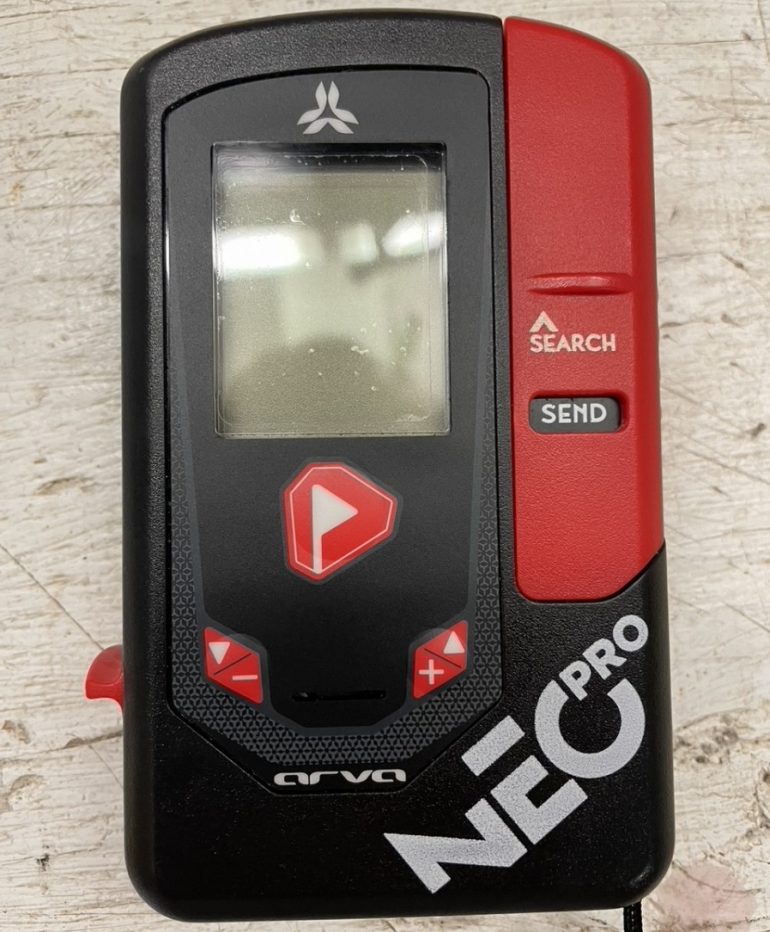
The Neo Pro is bigger than any other mainstay on the skin track. Its dimensions measure 4.5’’x3’’x 1’’, weighing 243 g on my scale.
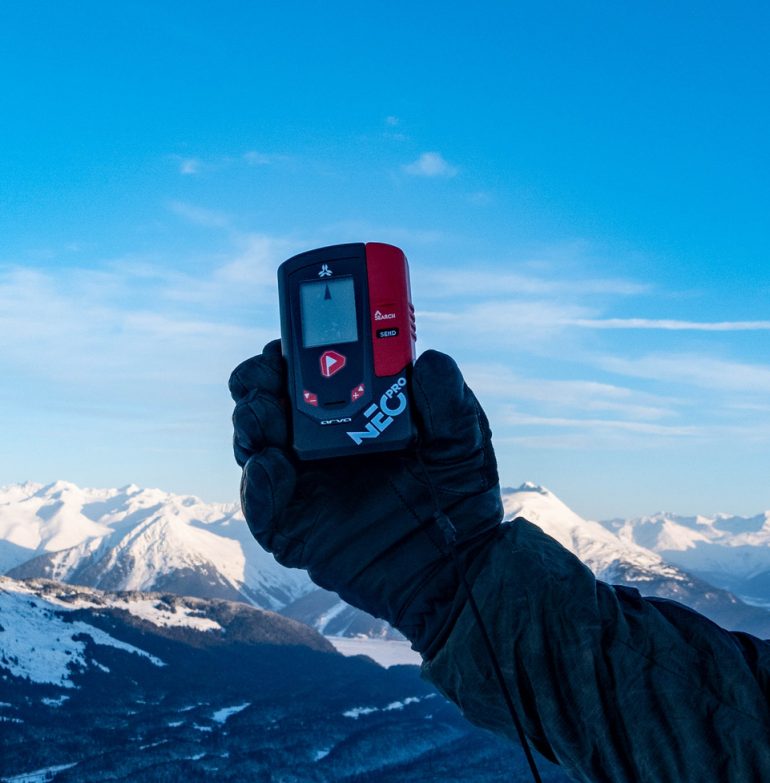
The Arva Neo Pro comes a suite of tools catered to pro users.
There seem to be a few lanes beacons fall into. There’s a niche in the small and light pioneered by skimo enthusiasts (i.e. Pieps Micro or ARVA evo 5), a pitch towards accessibility (i.e. BCA TrackerS and Ortoxov Diract), the daily driver (i.e. BD Recon BT or BCA Tracker4), and the model geared towards professional use (i.e. Mammut Barryvox or BD Guide). The Neo Pro sits solidly in this last category – packed with options most backcountry users won’t have on their wish list, but many daily users will seek out. This pro slant, however, shouldn’t scare anyone off; after all if I had to choose what I want my ski partners’ beacons to optimize, I would pick top-end range over anything else and that’s where the ARVA shines.
Most offerings today come with a group check mode, flagging for multiple burials, some variety of interference management, and a revert to send mode after prolonged time in search mode. So too does the Neo Pro. The Neo Pro also comes with a u-turn alarm should a searcher be heading the wrong direction, the ability to scroll through multiple burials (rather than just flag them), and a standby mode that allows searchers to keep their beacon on while shoveling or probing. The Neo Pro also has an analog mode that trades directional arrows and digital processing, for an even longer-range raw signal. This functionality offers the suite of tools catered to pro users. While some of these functions (like analog mode) take some fiddling to get used to, they do not ultimately get in the way of user-friendly basic transmit and search functions.
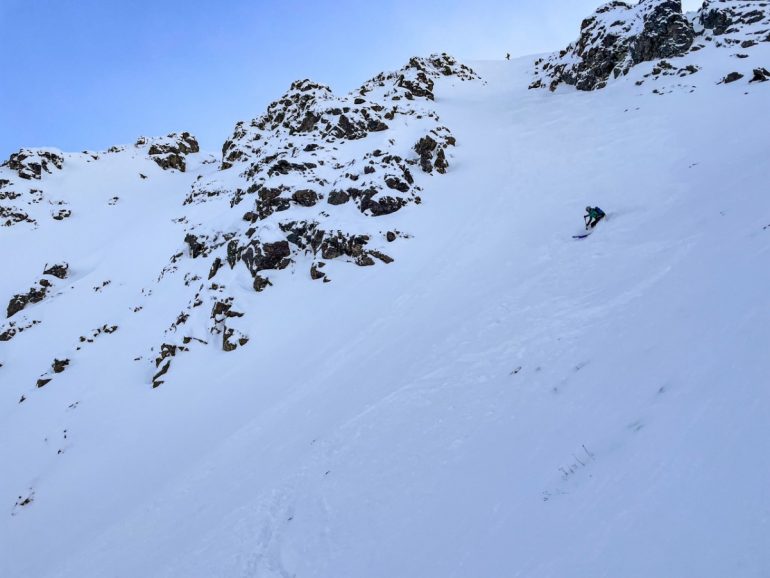
Skiing steeper terrain in the Alaska hills with the Arva Neo Pro.
If your beacon has a search range that either varies dramatically or can, in a worst-case orientation, drop below 30m, it may be surprisingly easy to have ‘dead spots’ in a search field, sacrebleu! What I think makes the Neo Pro a worthy contender for the everyday enthusiast, is, as I said, it’s incredibly long range. The Neo Pro advertises a 70m range, and in ideal conditions, I have picked up even further signals. My experience has only found the Barryvox to offer a comparable search strip width. Even more impressive,during beacon drills the Neo Pro maintains a consistently high functional range regardless of beacon orientation. Frankly, this is not the case for all beacons on the market today – long-range search capabilities allow for more consistent search parameters.
Personally, I find myself in an obnoxious place: I increasingly believe in a quiver approach for all things off-piste. While a couple of pairs of skis and boots are a heck of a lot easier to justify than a couple of beacons, this year, I have switched back and forth from the Neo Pro and the Pieps Micro button. This is essentially a trade between high-end range, functionality, and battery life, for size, weight, and simplicity. This is just to say, there may be no such thing as a ‘best’ beacon on the market, but rather a suite of increasingly clear trade-offs. The sacrifice made for range is, unsurprisingly, size. The Neo Pro is bigger than any other mainstay on the skin track. Its dimensions measure 4.5’’x3’’x 1’’, weighing 243 g on my scale. This is annoying for many beacon pockets and clunky under the jacket. I also wish the display screen were bigger (it’s a petit 1.25’’ x 1.5’’) and wish that fine search started a bit closer (it kicks in at 3m).
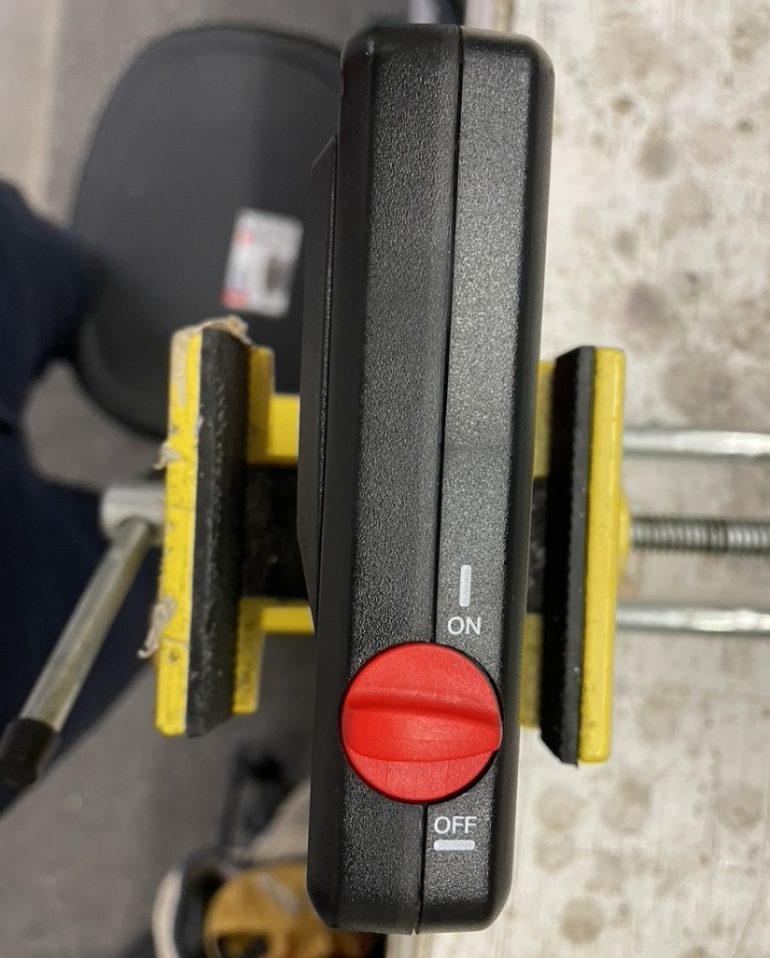
The on-off button/knob on the Arva Neo Pro.
The external design on the Neo Pro is straightforward. There is an on/off knob on the side with good resistance and a loud alarm when switched. A slider bar that toggles from send to search. A flagging button, and two +/- buttons used only for advanced functions. The harness is comfortable enough.
ARVA makes killer gear that can go tête-à-tête with the best – if you want professional functionality and top-end range, take a look at the Neo Pro. C’est bon.
Shop for the Arva Neo Pro Avalanche Beacon.
Editor’s Note
After an Instagram post on the Arva Neo Pro review, we received this comment on IG from @smileyproject:
Just FYI, while doing a training scenario one of the guys accidentally knocked this exact arva beacon while doing the signal search running around and it shifted the beacon from search to send. Then the other searchers where finding his beacon and it really delayed progress. Point being, beacons that can be forced into/out of their mode need to be treated delicately. Not trying to hate, but people should know.
Here’s a response from the reviewer Alex Lee:
The Neo Pro slides from send to search modes by pulling out a sliding bar on the side. Were a searcher to bump this bar accidentally, it would slide into send. The feasible scenario I see this occurring in would be a situation with multiple searches where someone is getting out a shovel or probe or otherwise not actively looking at their beacon.
This would be a problem, but this hasn’t happened during my use, but it is a note users should be aware of. If you have a beacon that can knock from search to send, make sure you don’t mess up other searchers during a rescue. If you are looking at your beacon or aware of the potential knocking, this feels like a non-issue. The real danger I would see would be if the beacon could switch off or switch out of transmit mode during an avalanche—I do not see that as a worry with the Neo Pro.
A skier in transmit mode cannot easily knock the beacon into send, because the bar can get knocked in, but not out (at least not in any reasonable scenario I can figure). The on/off switch is also detached from the mode bar, so knocking this around cannot turn the beacon off in either case. The on/off switch has good resistance, a loud off alarm, but no lock—take that as you may.
Dr. Alex Lee lives in Anchorage, Alaska. Alex is a professor at Alaska Pacific University, teaching philosophy and environmental studies. He also works as a sometimes guide, naturalist, writer, and photographer.
